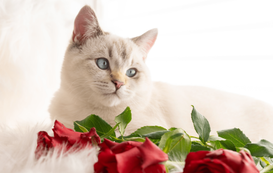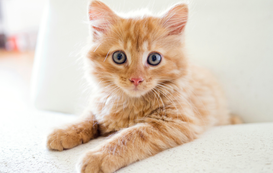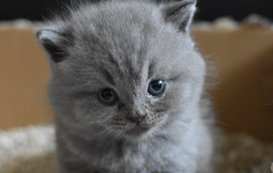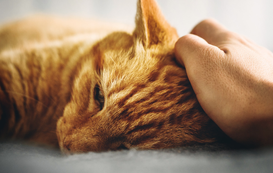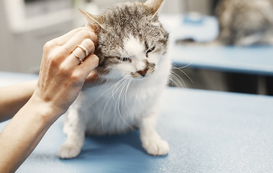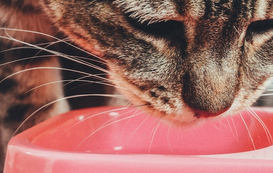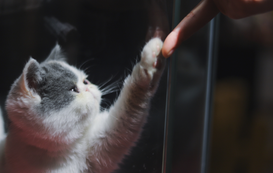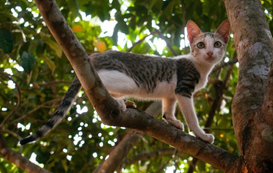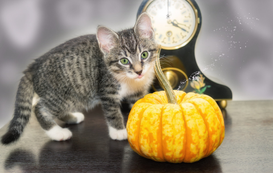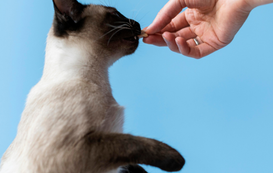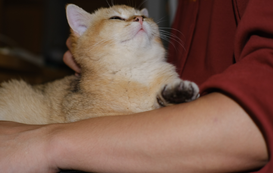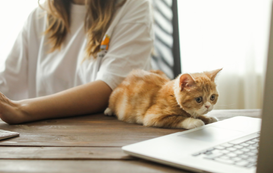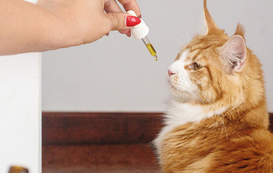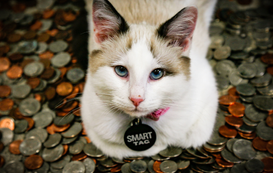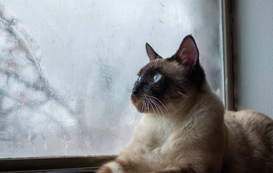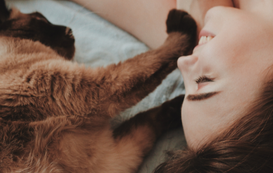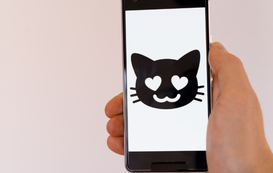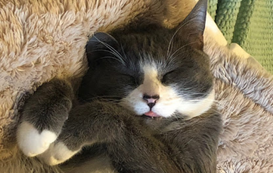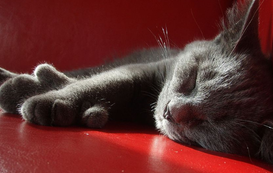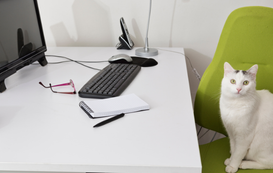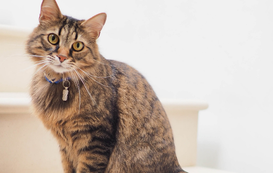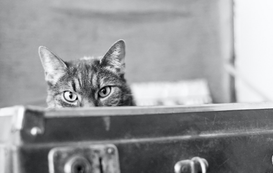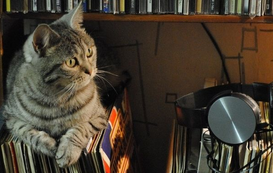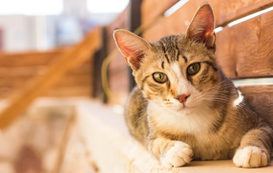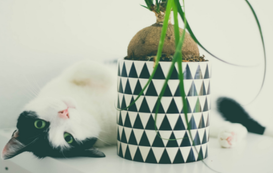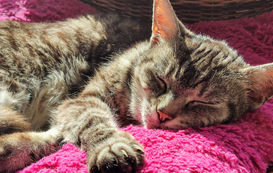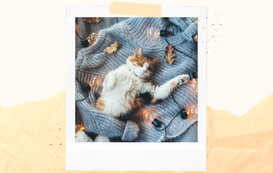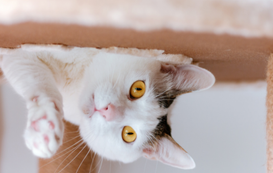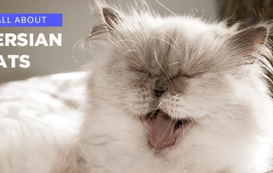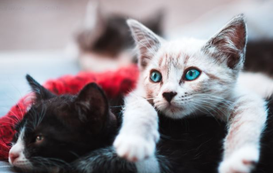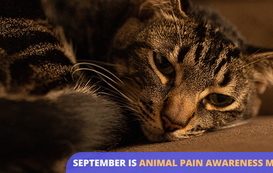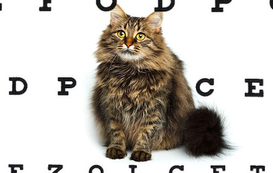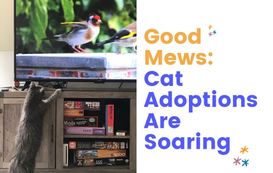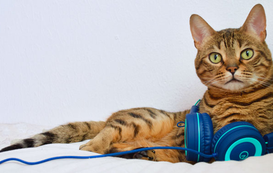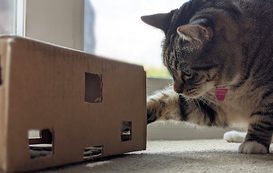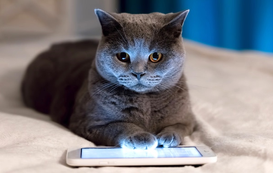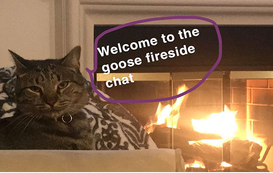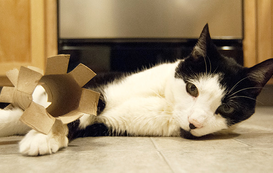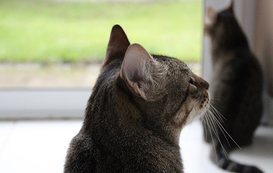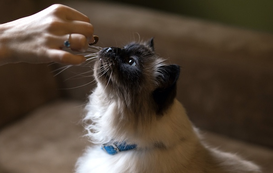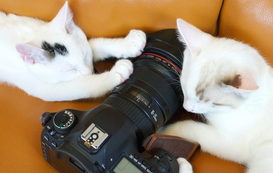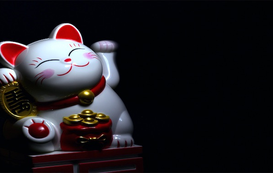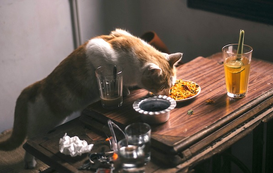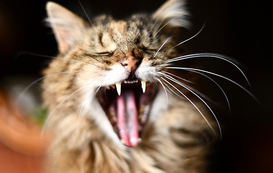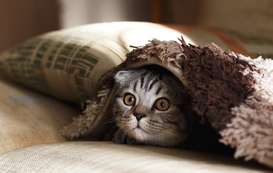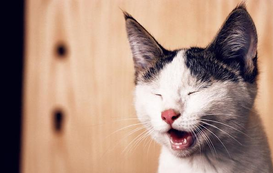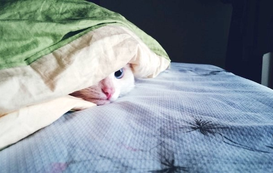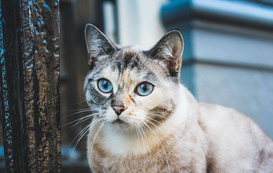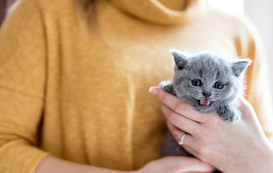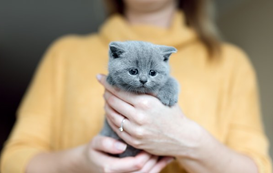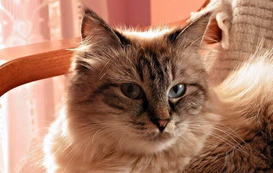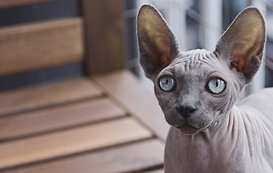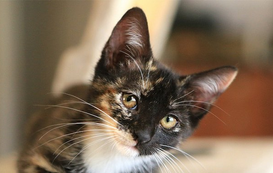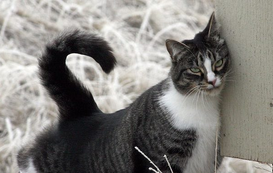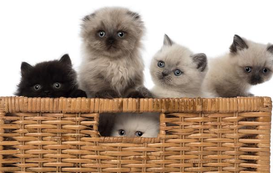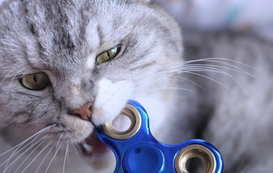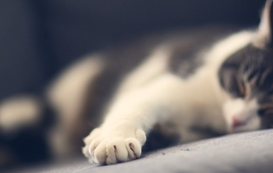Popular posts
The Great Litter Debate: Which Kind is The Best Kind?
This post contains affiliate links and Meowtel will be compensated if you make a purchase after clicking on the links.
Remember when there were only two choices when it came to litter? Do I want it to clump the pee so I can easily scoop everything out, or do I want everything to disintegrate so I have to pick every peed-on piece of litter out with tweezers? Those were the options.
Well, as the world continues to grow and learn, so do we. Well, most of us.
Did you know that there are so many different types of litter now? No, not brands; types! It used to be clay. Clay was where it was at. But now there are a variety of litter materials you can choose from including not only clay, but also corn, wheat, walnut shell, grass, paper, crystal, and pine. I’m going to touch on each type and also let you know my thoughts on them. I realize you didn’t come here for a Cosmo-type article telling you what’s better in the world of kitty litter but alas, here we are.
Did you know that before 1950, litter was made from sand and ashes?! No wonder cats migrate toward kids’ sandboxes. Also, every type of litter claims to be “low to no tracking” but let’s be real, every single litter tracks so that is not touched on in my ratings.
Here are the contenders:
Clay
So, in theory, clumping cat litter works the best and is the cheapest. However, clumping clay litter has a major flaw, which caused me to switch completely from clay litter.
The ingredient that makes the litter clump is called sodium bentonite (a specific type of clay), and it is actually incredibly harmful to the environment. Sodium bentonite is collected via strip mining. According to frontpagemeews.com (who cited Stanford University’s Eco Advice), 75% of clay litters use bentonite and most of the mining is done in Wyoming.
Strip mining, also known as surface mining, is exactly what it sounds like. Katherine Manchester wrote in an article, “Conventional clay “clumping” litter, it turns out, is an offender for a whole host of reasons. Over two million tons of clay are mined in the United States every year, just to be turned into cat litter. The clay—or sodium bentonite, more specifically—is obtained via strip mining, requiring massive amounts of soil and rock to be moved in order to access the mineral seam underneath. The result is a giant hole in the ground that needs to be filled and then returned to something resembling a natural state.”
Not only does it mess with the earth’s core, it displaces wildlife and can contaminate the water supply. Additionally, it can be harmful if ingested by your furbaby which may happen while they are licking their widdle baby paws.
Verdict: F-. Two thumbs down.
Pine
Pine seems to be a big hit among my clients and the internet. Pine litter comes in two forms: pellet and clumping (which has a texture more like corn). Both products are made of recycled materials. The sawdust is collected and pressed into pellets. When peed on, the pellets disintegrate back into sawdust.
The pine is incredibly absorbent and helps hide pee smells. The problem with pellets is that many cats don’t like how it feels. Can you blame them? Pine pellets also don’t clump, so you’d scoop the poop like normal and then just let the pee break down the pellets into sawdust.
The clumping pine litter has the consistency of normal litter and clumps together when peed on. It’s a little more expensive than the pellets, but if you’re wanting to switch to pine and are worried about the pellets, the refined, clumping pine may be the way to go.
Verdict for pellets: A for smell control and environmental friendliness, D for texture.
Verdict for clumping: A (based on research, not personal use).
Corn
Everyone seems to know about World’s Best Cat Litter which, according to their website, is a “natural, whole-kernel corn solution that’s pet, people, and planet-friendly.” They boast that “World’s Best Cat Litter™ uses a patented process to compress naturally absorbent corn into concentrated granules that TRAP ODOR DEEP INSIDE and FORM TIGHT CLUMPS ON CONTACT — so you can do more with less litter.” They’re yelling at us, so it must be true!
I have many clients who use this litter (particularly, this brand) and love it. I have a weird aversion to it for some reason, but I cannot put my finger on why. It doesn’t clump as tightly as I would like (it often falls apart while being scooped), but it does trap pee smells so that’s a plus. It gets points for being biodegradable and natural (no added chemicals, dyes, or perfumes).
They say that it’s flushable (which some of my clients do). However, you should refrain from flushing cat poop down the toilet because research shows that cat poop contains Toxoplasma gondii—a parasite that can cause toxoplasmosis.
From National Geographic: “Any warm-blooded animal can get toxo, but only cats can spread it. Cats are also the only animals known to harbor the infectious form of the parasite. Infected cats introduce the aptly named “kitty litter parasite” into the environment through their feces. A toxo-ridden cat can poop out billions of parasitic eggs, or oocysts, over the course of its life.”
Toxoplasmosis has been taking a toll on the endangered Hawaiian Monk Seal, with eleven deaths linked to this disease so far. There are only 1,300 of these seals left in the world, so the loss of any individual is devastating.
Verdict: A-
Wheat
Wheat litter is very similar in almost every way to corn litter. It looks alike, clumps the same... pretty much everything about it is comparable. It’s a little cheaper than corn (though by mere pennies). In my experience, it is very dusty. I have a client that uses this and not only does it track like crazy, but when cleaning the box, it creates a dust cloud when the litter is moved around.
Additionally, the clumps often fall apart much like the corn litter. It does get points for being biodegradable and natural (no added chemicals, dyes, or perfumes).
Verdict: B-
Grass
I know you’re probably thinking, what the heck? Does she mean blades of grass outside? No. It is litter made 100% from grass and somehow made into teeny, tiny little granules. Grass is pretty new to the scene but like its counterparts corn, wheat, and walnut shell, it is biodegradable and natural. I just recently switched to grass litter, particularly Frisco’s Grass Litter, and I love it. Like corn and wheat, it’s also a smidge pricey, but I got it on sale with Chewy, making it cheaper for that particular purchase.
As someone who has an allergy to grass, I didn’t completely think this through. I have to admit, however, I have no sinus issues with it. The first pour kind of smells like the outdoors, which is nice, but then it doesn’t smell like anything.
The granules are smaller than clay and probably on par with wheat and corn. It says that it’s lightweight, which concerned me a little because my little freak uses the litter box like a circus performer. He puts all four paws on one corner and balances to pee or poop into the box. He never has his paws touching the litter while he does his business. So anything that doesn’t have legit weight to it will cause Max and his litter box to go bum over teakettle. While hilarious, it’s a complete mess to clean up. I’m happy to say that this isn’t as heavy as clay litter but does have enough weight to it.
Grass litter clumps really well and somehow has great odor control. It’s also dust-free. Max had no issue switching over to this litter and it does everything it says it does. I highly recommend grass litter.
Verdict: A (would have been an A+ except it’s pricey)
Walnut shell
I tried walnut shell before I tried grass and I have to tell you, it is weird. It’s kind of awesome that they were able to create a litter out of walnut shells and also that it’s a dark brown color, just to mix things up. This is what sold me on it in the first place.
Chewy boasts, “Made from a proprietary blend of the fibrous materials found in the walnut shell, this litter neutralizes litter box odors better than clay, pine, and wheat. It produces harder clumps for easier scooping and is so absorbent, one bag is equal to three bags of the leading clay litter.” So, better odor control and you use less litter? AWESOME! The price was a plus as well. It’s cheaper than corn, wheat, and grass straight out of the gate.
All sounds too good to be true, right? Right. What are the issues? Well, for one, the litter is the same color as poop. So, if you do a quick glance into the litter box, you may not think anything is there. Additionally, this stuff is dusty as all heck. I had brown dust on my white walls and trash can. It had a weird smell (possibly… of walnuts?!) that I couldn’t get over. I did love how tightly it clumped the pee and the price, but I didn’t want to have to wipe down my walls and trash can over and over.
Verdict: C
Silica gel crystals
I have a few clients that use crystal litter. I never understood it personally because it doesn’t clump (that’s a big thing for me).
According to Chewy, “Silica gel crystal cat litter is made from sodium silicate sand that is processed with oxygen and water. The result is a bead with tiny pores that allows it to absorb around 40 times its weight in liquid. These beads are similar to the desiccant “do not eat” packets you find in medications, shoes and other products that need to stay dry. But in silica crystal litters, they are specifically formulated to be safe for cats and do not contain crystalline silicate, which can be harmful to cats.”
While I understand the wonderful capability that is the 40x absorbency rate, I’m not into having the pee just living in the litter. Like, get that pee out! Would you like to walk on pee litter? It doesn’t sit quite right with me, but each to their own.
A lot of the crystal litter companies say you don’t need to scoop for a month, but a month of mixed in pee is controversial for me. Pretty Litter is a brand that uses silica gel crystals. While I think it’s cool that you can, in theory, monitor your cat’s health via this litter, I really just always feel gross mixing their pee right back into the litter.
Verdict: D (the pee mixing is too much for me)
2024 Meowtel Editor Here: As previously mentioned, we are living in an age of innovation when it comes to cat litter. As such, we've added two additional types of litter for your consideration.
Wood
You might be thinking, 'Didn’t we already cover pine pellets?' And you’re right, we did. However, this type of clumping wood litter is a bit different. Its texture and shape are closer to wood shaving clumps rather than pellets, making it much softer on the paws. One popular option in this category is Okocat’s Wood Clumping Cat Litter. This plant-based litter is free from synthetic chemicals, toxic dyes, mined clay, and silica, offering a natural choice for cat pawrents. It also boasts being 99% dust-free, which most cat pawrents appreciate. However, some have noted that its texture may not work as well with manual or automatic scoopers, as it isn’t fine enough to be sifted easily.
Verdict: B-
Tofu
It’s not just a delicious snack; it’s now a plant-based litter option! Since they are plant based, they’re a more environmentally conscious option. Most tofu litters are in a pellet shape, so be sure that works for your kitty. While nearly every type of litter, including tofu-based ones, claims to reduce odors, reviews suggest that tofu might fall short in this area. However, you can take steps to manage odor, such as opting for a mixed blend. For instance, Pidan 3-in-1 Blend Cat Litter combines 40% tofu litter, 35% spherical bentonite, and 20% activated carbon tofu litter, boasting low dust, great absorption, and easy cleaning. Although cat pawrents enjoy this combo, it is on the more pricey end, costing around $28 for an 11.56lb bucket at the time of this update.
Verdict: D
Considering the options
As you can see, there are plenty of natural litter options on the market. Like finding a good doctor, partner, or therapist, it may take a few tries to find the right litter for you, Fluffy, and Rat Tail. It’s worth it, though. We can all do our part to help the environment even if it’s tiny paw steps.
Takeaways:
- Don’t flush cat poop. It could kill marine life.
- Don’t use clay litter. It’s killing the earth.
- Be earth-friendly. It’s the only place you, Fluffy, Rat Tail, and I can call home.
- Try the different types to see what works best for you.
Meowtel is all about cats, clearly—we even care about litter choices. If you are a cat lover and would like to turn cat sitting into a job, take a look at our sitter submission tips. If you are looking for someone to care for your precious kitty or kitties while you are out of town, run a sitter search and find one of our vetted, background checked sitters.
Frequently Asked Questions
Q: What are the health risks to cats from ingesting different types of litter, especially those that clump or have additives?
A: Cats may inadvertently ingest litter during grooming, and this can be harmful especially with clumping litters which contain sodium bentonite, as they may expand and cause blockages or other gastrointestinal issues.
Q: How can I choose a litter type that my cat will prefer, considering the different textures and materials?
A: To choose a litter your cat prefers, you might start by observing their reaction to different textures; cats may favor softer, finer granules over coarser ones.
Q: What are the environmental impacts of disposing of different types of cat litter?
A: The environmental impact of disposing of cat litter varies by type; for instance, biodegradable litters like those made from corn or wheat may be composted, unlike clay-based litters which are not biodegradable and can contribute to landfill mass.






